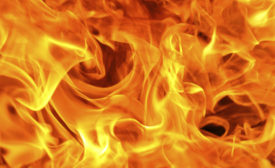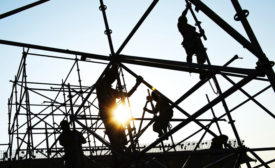News
Some policies linked to higher or lower impact of occupational back pain
Read More
NYC considers tougher penalties for unsafe contractors
16 construction workers killed so far this year
December 14, 2015
Painters exposed to dust more than 6 times OSHA’s permissible limits
Company faces $76K in OSHA penalties
December 11, 2015
Never miss the latest news and trends driving the safety industry
eNewsletter | Website | eMagazine
JOIN TODAYCopyright ©2024. All Rights Reserved BNP Media.
Design, CMS, Hosting & Web Development :: ePublishing









